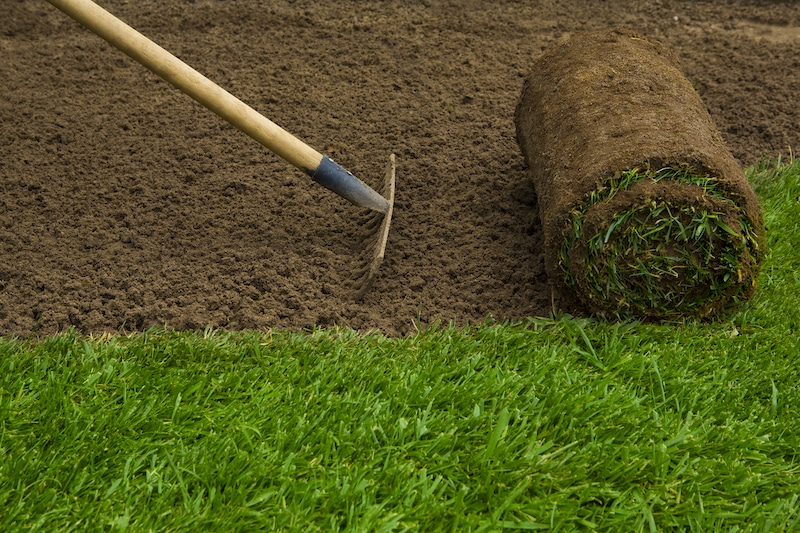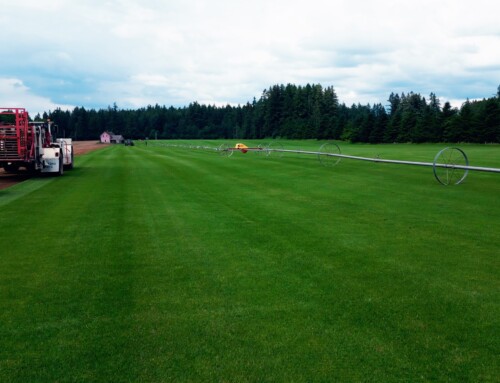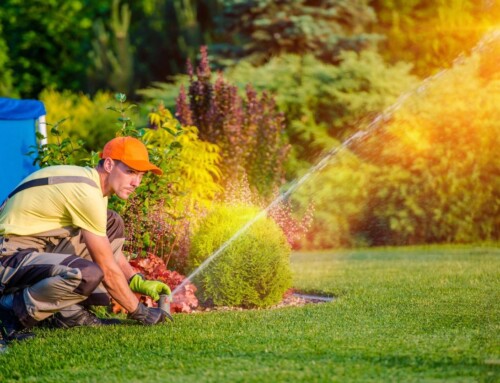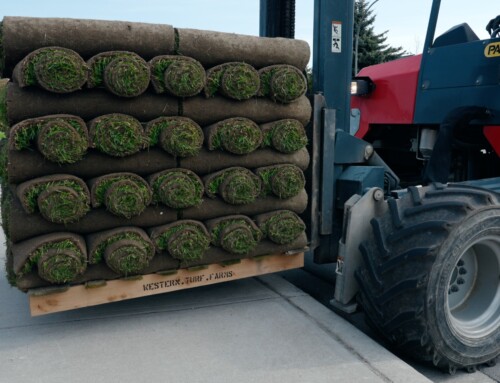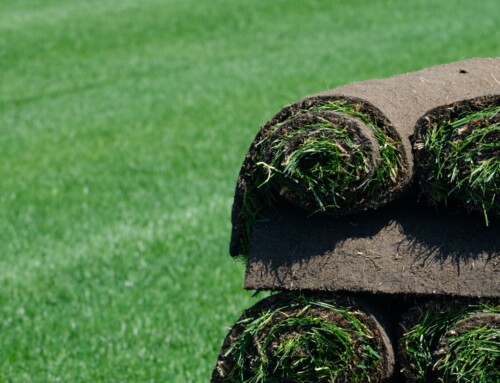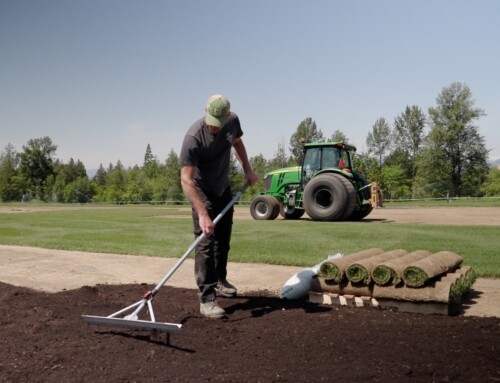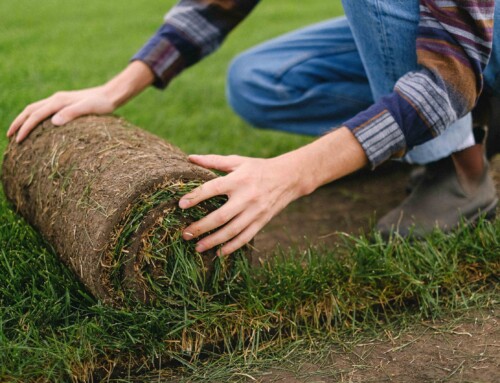Even if you don’t know much about gardening and lawn care, you have most likely heard of topsoil and seen bags of it in stores and garden centres. It plays a vital role in lawn care, allowing your grass to flourish, but what is it and why does it matter? Keep reading to learn why topsoil is so important, how much you need, and what to do if you don’t have enough.
The Importance of Topsoil in Sod Installation
Topsoil, as suggested by the name, is the top layer of soil, often 10 to 30 cm (4- 12 inches) deep. It is the layer that contains the greatest concentration of organic matter, nutrients, and helpful microorganisms. Laying sod on topsoil gives it a healthy environment in which the roots can establish and grow, resulting in the lush lawn you are looking for.
Without enough topsoil, root development may be hindered, but an excess of topsoil can be equally problematic, resulting in drainage problems and suffocated roots.
Determining How Much Topsoil You Need
In order to determine how much topsoil you will need, measure the length and width of the area to be covered and multiply them to get your total square footage. Multiply that amount by the desired depth of topsoil, which will be about 10 to 15 cm (4 to 6 inches). This will give you the volume required in cubic feet.
Alternately, you will find it much easier to use a sod calculator, inputting your measurements to determine the precise amount of topsoil needed. This will provide a more accurate result.
Tips for Applying Topsoil for Sod
When you are applying topsoil for sod, there are best practices to follow:
- Even Distribution. Using a rake or shovel, spread the topsoil evenly across the area where you will place your sod. This will help ensure uniform growth.
- Level the Surface. Bumps and depressions in the soil should be evened out to create a level surface. This helps to keep water from pooling and will promote the even establishment of roots.
- Avoid Compaction. If the soil is too compacted, it will reduce air circulation and hinder the growth of roots.
What to Do If You Don’t Have Enough Topsoil
If you find that you don’t have enough topsoil to cover the area to an appropriate depth, you can usually buy more rather easily by visiting your local garden centre or contacting a landscaping supplier with grass for sale. Choose a high-quality topsoil and ensure that it is compatible with your existing soil type.
Alternately, you may be able to use amendments to improve the quality of your existing soil. You should seek advice from a gardening professional to determine the best organic matter or soil amendments to use in your situation.
Additional Factors Affecting Topsoil Needs
While the above is a good general guide, other factors may affect the amount of topsoil needed. For example, if your existing soil is lacking nutrients, or of particularly poor quality, additional topsoil may be required to compensate. The climate will also have an effect. You may need additional topsoil to aid in drainage if there is heavy rainfall or to maintain moisture in periods of intense heat.
Topsoil is Key to Your Lawn’s Success
By providing the right amount of topsoil, you help to ensure a successful sod installation. Following the guidelines above and considering all the factors that can impact your lawn, you will create the perfect environment for the establishment of your new lawn.
For more information or assistance in planning your sod installation, please contact one of our highly trained experts who can walk you through the process and answer all your questions.

